87% of historic building owners state that UK’s planning system blocks the decarbonisation of heritage buildings, and applications to the Planning Portal fall by 1% in January. Find out how digitised planning could help solve Britain’s housing crisis
A joint survey conducted by the Country Land & Business Association (CLA) and Historic Houses has revealed that 87% of historic building owners see the UK’s planning system for heritage as a major barrier to decarbonising it.
In the last 10 years, 60% of respondents considered carrying out work to their heritage sites which required planning or listed building consents. However, 62% of them did not apply for consent, or withdrew their applications, due to the complexity of navigating a heritage consent system that has been cut drastically in recent years.
75% of heritage building owners feel that radical change to the planning system is needed
48% say that their experience of the system is ‘poor’ or ‘very poor’. Ralph Assheton, who owns Downham Hall, and has navigated the planning system stated:
“Heritage needs protection. But there must be a greater emphasis on the sympathetic evolution of buildings so that they continue to be relevant and viable. It is vital for the future of heritage sites that the planning system adapts, rather than continue the dogmatic insistence on preservation above all else. The red tape and bureaucracy of the current system must be changed if we are to support achieving Net Zero targets.”
Mark Tufnell, president of the Country Land & Business Association, stated:
“Owners of heritage buildings up and down the country want to protect and nurture them – virtually every respondent believed heritage protection is important. Many heritage sites provide jobs and welcome visitors, adding income to the local community. But the under-resourced planning and heritage protection system often does not work well in practice and must evolve to face the demands of today. Government’s Energy Security Strategy promises to help by reducing the planning consent barriers – it is vital that that is implemented soon.”
Ben Cowell, director general at Historic Houses, stated:
“The best way to protect heritage is for it to remain lived-in, used and loved. But owners of listed buildings face significant hurdles in enhancing the energy efficiency of their homes. The government should consider giving overarching consent for some modest changes that can be made without any undue risk to heritage. After all, as a wise man once said, if you love something – set it free.”
Planning applications were 1% lower in January 2023 than the application figures received in January 2022
The lastest figures for applications submitted via the Planning Portal show a 1% drop in January 2023 compared to those received in January 2022, according to the Planning Portal Market Insight Report.
The biggest falls for the month were seen in Wales, which fell by 6%, and in the East Midlands, which fell by 4%.
There were 14,612 Householder applications submitted in January 2023 compared to the previous year, which saw 16,522 Householder applications in January 2022.
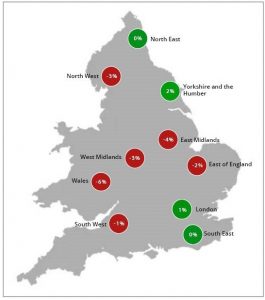
Delivering 300,000 new homes a year by 2025 with a broken planning system
Britain currently faces a challenging target to deliver 300,000 new homes a year by 2025 to tackle the housing crisis. Fixing this housing crisis relies heavily on recycling the hundreds of thousands of vacant buildings, which provides massive ESG benefits.
However, achieving this reality is made difficult by the broken planning system. The tension between Local Planning Authorities (LPA) and housing developers create delays in applications which cause issues such as rising interest rates, council tax and business rate bills, vandalism and break-ins leading to health and safety problems, and increases in crime.
Developers are facing little to no communication until week 13 of the 13-week application process, when they are then told about a problem they have no time to fix, resulting in a costly appeal battle.
Is digitised planning the solution to Britain’s broken system?
Three pilots have recently taken place with Geographic Information System (GIS) software provider Esri at Nottingham City Council, Dacorum Borough Council and South Ayrshire Council.
The projects have been exploring new ways of digitising the planning process using geospatial technology, such as solving common challenges within planning, including the improvement of community engagement, maximising the use of 3D visualisations and managing developer contributions more efficiently.
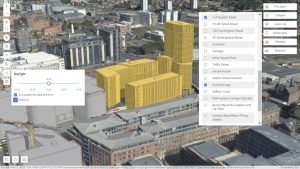
Nottingham City Council’s pilot has proven the value of using 3D visualisations integrated with other existing data, to allow constraints and impact assessments to be carried out simultaneously.
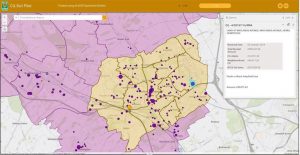
Dacorum Borough Council’s project has built a prototype tool which visualises infrastructure and developer contributions secured through Planning Obligations on a map, replacing traditional static spreadsheet data.
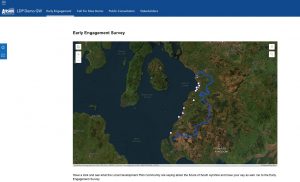
While South Ayrshire Council’s outcome has been the creation of a community consultation platform, with interactive methods of engagement to improve community and other stakeholder involvement in Local Development Plans.
Stephen Croney, Head of Sector for Land, Property and Planning, Esri UK, commented: “The pilots have explored modern digital approaches to some common challenges faced by local planning authorities, all designed to help make the planning process more efficient and easier for everyone.
“Combining each council’s domain expertise with our team of geospatial experts, the pilots have revealed how geospatial technology available today can help shape the future of the planning process by delivering significant cost and time savings.”
All three local authorities will be discussing their projects in a free webinar on Wednesday 15 March 2023.


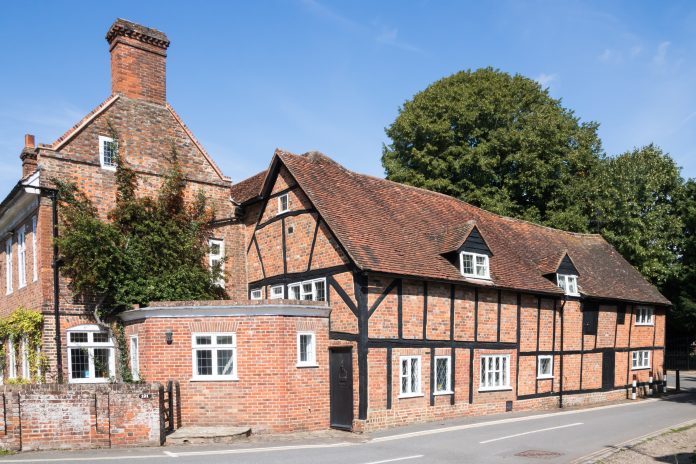






![[VIDEO] Local planning inspector recruitment to begin in earnest in new year A drive to recruit local planning inspectors will begin in the new year](https://www.pbctoday.co.uk/news/wp-content/uploads/2025/12/iStock-2159482095-2-218x150.jpg)




